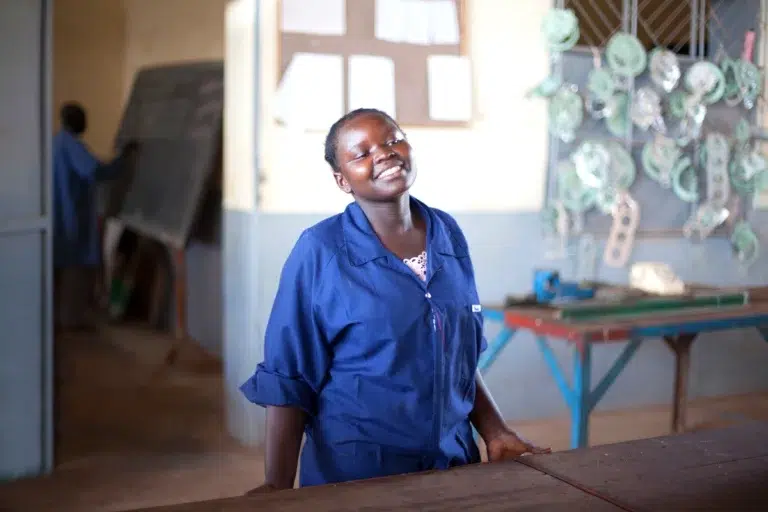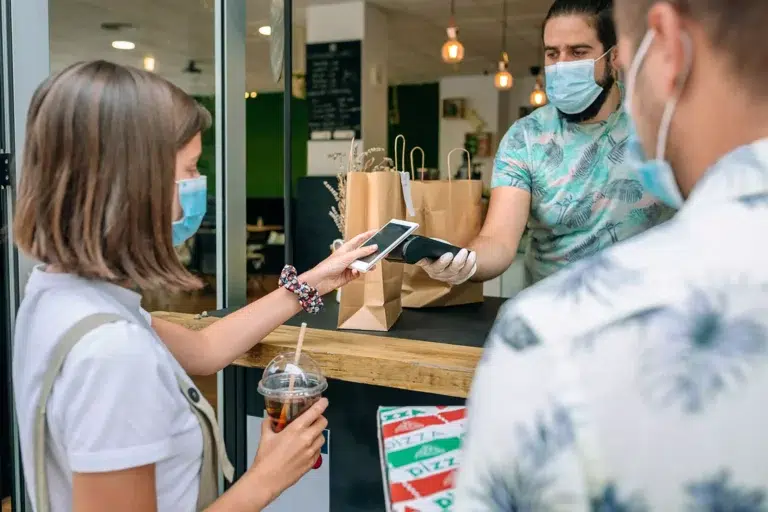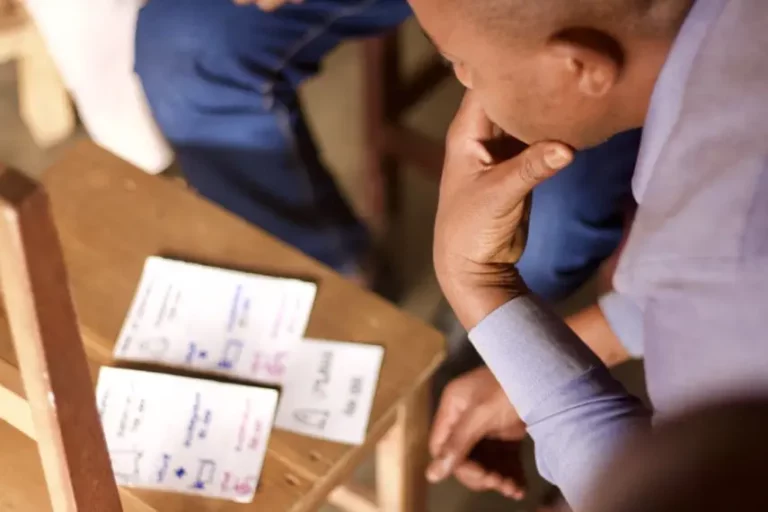Building business-nonprofit partnerships focused on social impact is a promising way to address global challenges. Together with SOS Children’s Villages, AkzoNobel set up a partnership to offer education to children and young people without parental care or at risk of losing it.
Supporting youth’s transition to independence
Young people leaving or losing parental care are disproportionately affected by the global youth unemployment crisis, as they have fewer opportunities to get training. Moreover, these young people are required to be financially independent at an earlier age than peers growing up with their parents.
The AkzoNobel and SOS Children’s Villages partnership aim to provide training and education to these young people, to support their transition into independence and decent work.
As part of the program, young people receive professional and personal skills training and mentoring from AkzoNobel volunteering employees. In turn, they have a chance to gain practical experience by renewing and renovating SOS Children’s Villages facilities and their broader communities.
The skills gained improve their chances of becoming self-reliant adults who take responsibility for themselves and the communities around them. In the long term, the positive change brought about by improved employability of young people will benefit even more communities and countries as the initiative expands.
So far, more than 4,700 young people in 19 countries have participated in training activities involving over 800 AkzoNobel volunteers. The company plans to expand this partnership with SOS Children’s Villages to even more countries as part of its People. Planet. Paint. sustainability ambitions.
Creating value through resource complementarity
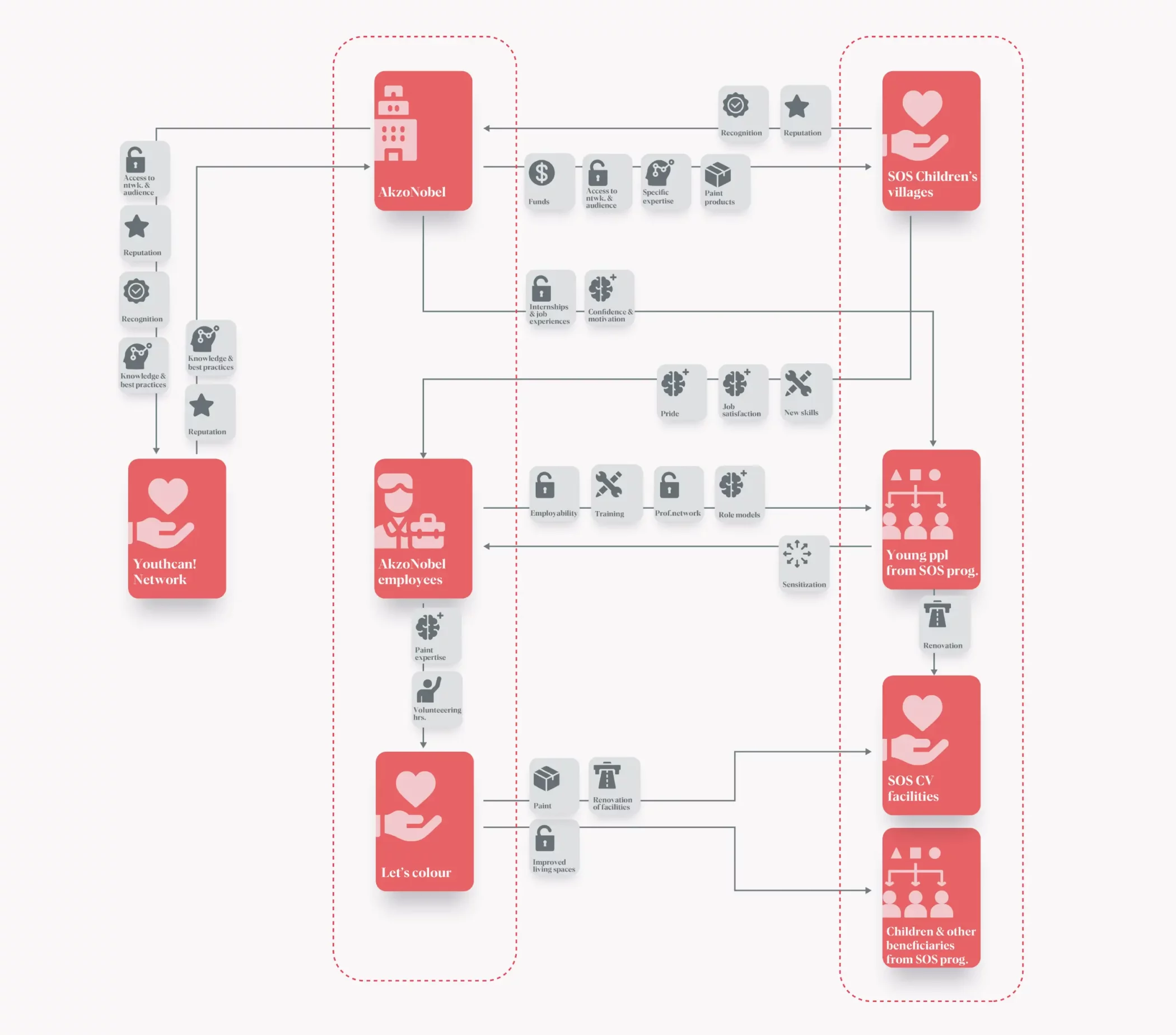
This partnership is an example of a transactional partnership, where the partners benefit from a high degree of resource complementarity. A remarkable aspect of this partnership is that all main stakeholders receive and create value they could not deliver without each other. Zoom in on the mapped out partnership above to see how value is created and how each partner relies on eachother.
Mentorship
Local AkzoNobel employees volunteer to mentor and educate young adults in professional and soft skills to increase their overall employability. The AkzoNobel volunteers also gain from the program as they get to contribute positively to a marginalized community, while acquiring new skills and getting sensitised to the situation of young adults
Learning life skills
Young adults receive specialized training to become painters. Next to that, they gain overall life skills to enhance their employability and grow confidence. They can test and expand their skills by renovating and renewing SOS Children’s Villages facilities, consecutively improving their environment.
Contributing to employer branding
AkzoNobel makes in-kind donations to SOS Children’s Villages and grants their employees the possibility to volunteer and mentor young adults. This strengthens their reputation as a socially responsible organization and improves employee satisfaction. Employees acquire new skills valuable for their regular work, increasing overall job satisfaction and retention rate.
Giving back to the program
SOS Children’s Villages receive paint and expertise from AkzoNobel to deliver their program. In the short-term, their local facilities provide the infrastructure for workshops and the young adults give back by renovating them. This symbiosis helps achieve the long-term goal of improving employability of young people and benefitting the broader communities.
What makes our partnership special is AkzoNobel's multi-faceted involvement. Leveraging on their core expertise on paint, they create colourful living spaces for our program participants. With the support of their committed employees, who share their time, skills and experience, AkzoNobel supports young people leaving care in finding their own path to decent work in a very personal way. In this process, the company itself benefits from the engagement, by being recognized as socially responsible and by motivating own employees. This is a win-win partnership that we are delighted to continue to build together with AkzoNobel!
Sandra Sahusilawani
Head of international corporate partnerships & philanthropy, Sos children’s villages
Zooming out: key learnings
This partnership is a great example of mutual value exchange. Both partners go beyond their own interest, and commit to a clear and common goal. All stakeholders provide unique and specific resources that enable other partners to create and seize opportunities they could not achieve on their own. A key contribution to the partnership’s success.
Here are some of the key lessons learned from this partnership:
Making sure value is created mutually
A one-way direction value flow allows for an easy transition between partners and projects but limits any long-term strategy and impact. Long-term partnerships rely on reciprocity. As shown in this case, the mutual value creation for both partners drives their commitment for continuation and their potential impact grows accordingly.
Focus inside-out
Partnerships do not exist in isolation – they are not separated from their environment. Understanding the entire ecosystem and individual roles helps the partners settle on a shared mission and responsibilities. This inclusive consideration helped this collaboration to create impact throughout the value chain.
Good partnerships take time to prosper, but a good start sets the right direction
Many common mistakes can be avoided by checking your own intentions first. Individually, each partner should be clear about their haves and have nots, before selecting their partner. Finding the right partner and aligning mission, responsibilities, and collaboration models is a tedious process, but there is no cutting corners for great results.
Creativity resolves contradictions
Nonprofits and businesses generate fundamentally different values. This is also reflected in their often conflicting operating metrics. Combining both worlds is challenging, but developing common metrics in order to secure an equal partnership is crucial. With the overarching goal in mind, creativity can turn friction into impact.
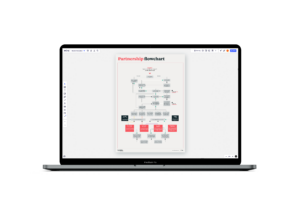
Identifying partnership needs
Use the partnership flowchart to to identify suitable partners and which type of partnership is best suited for you.
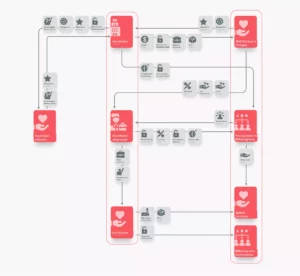
Learn more about impact partnerships
Check out our new comprehensive guide to creating business-nonprofit partnerships that drive change. Tools, examples, and tips to get you started.
